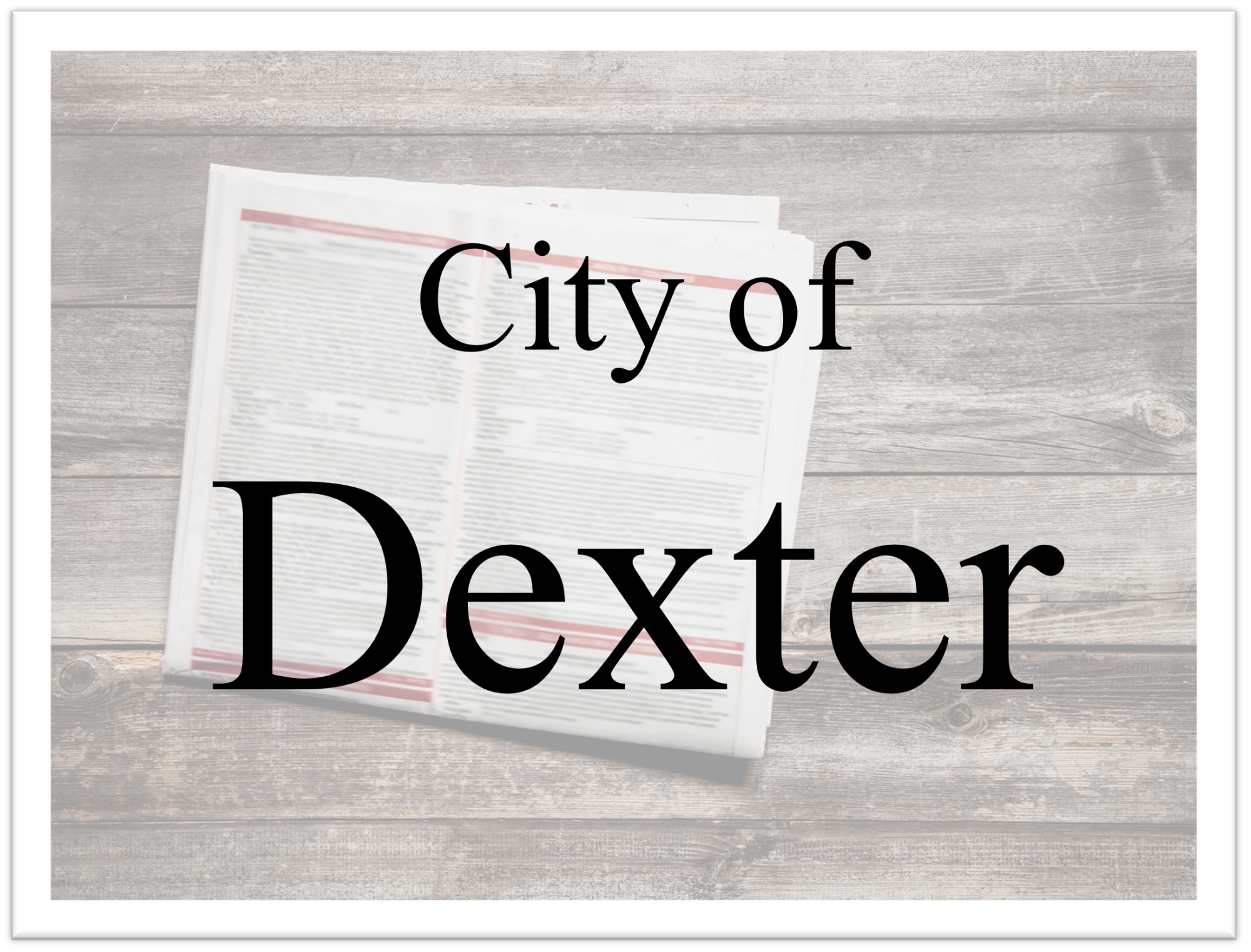Photo: The Detroit Observatory is in Ann Arbor. Google Street View
Have you ever wondered why the Detroit Observatory is located in Ann Arbor? And were you aware that the Detroit Observatory transformed the University of Michigan into a world class research institution? Keep reading to learn more about the University of Michigan’s Detroit Observatory.
The Detroit Observatory Was Almost Razed
The Detroit Observatory first opened in 1854. After over 110 years the Astronomy Department moved from the Observatory to the Dennison building in 1965. In 1970, U-M proposed to raze the Detroit Observatory, and although the Friends of the Observatory were successful in preserving it, an addition to the Observatory was razed in 1976.
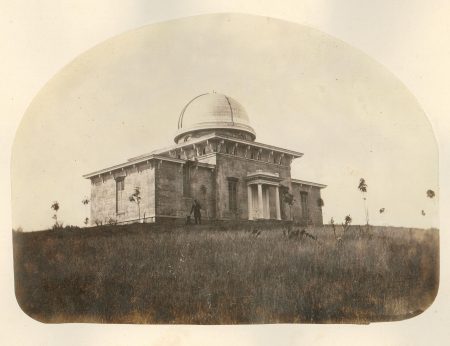
After several decades of disrepair, a proposal for restoration was brought forward in 1994 and completed in 1997, with a new addition completed in 2022.
The Detroit Observatory Is a Museum
Today Gregory Parker is the Director of the Detroit Observatory. He has been working in the field of public history for nearly two decades – “a discipline that focuses on presenting history outside of academic settings, including museums, libraries, documentaries, and local historical societies.”
He also can’t remember a time when he wasn’t interested in astronomy and has always been a huge NASA fan. He happily remembers, “I even went to Space Camp when I was in middle school.”
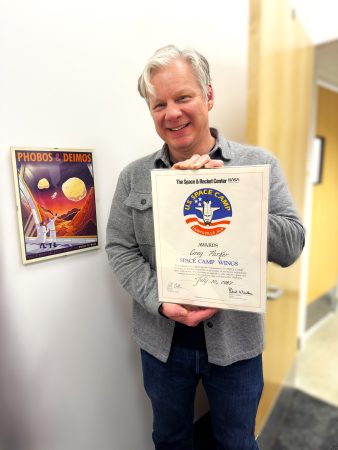
Combining his love of history and astronomy, he thinks of the Detroit Observatory “as a museum. We present the history of astronomy and invite visitors to explore the stars with historical telescopes used by astronomers over 170 years ago. As a part of the Bentley Historical Library, we also present the history of the University of Michigan.”
Parker reiterates that “the Observatory presents the history of astronomy and of University of Michigan. They are not separate stories but go hand-in-hand. It all began in 1852 when University of Michigan President Henry Tappan laid out his vision during his inaugural speech, highlighting how the university could transform into what we now would call a ‘research institution’.”
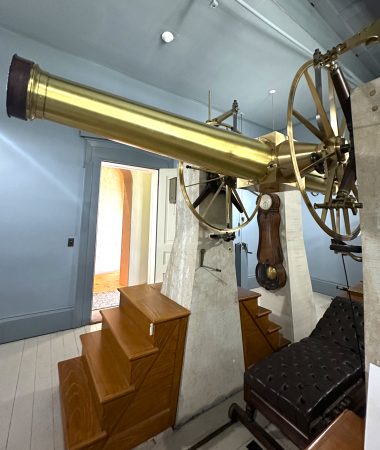
The Detroit Observatory Is Not Located in Detroit
After his inaugural speech, Tappan was approached by a railroad lawyer named Henry Walker, who offered to help with this endeavor. Tappan suggested raising funds for an astronomical observatory, and Walker agreed. Walker then tapped into his connections with Detroit businesspeople, and that, explains Parker, “is why we’re named the ‘Detroit Observatory.’ In just a few short years, U-M procured two state-of-the-art telescopes and constructed a building to house them.”
“I should mention that for Walker and the Detroit donors, the Observatory also served a very practical purpose: they could measure the movement of stars to establish a standard time that could be shared via telegraph throughout the region,” adds Parker. “This was the era before time zones, so a standardized timekeeping system would especially benefit railroads – specifically to avoid collisions and provide accurate schedules for passengers and freight.”
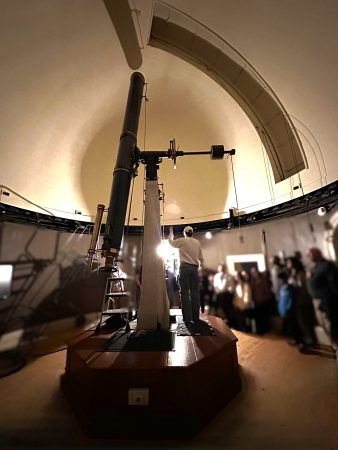
The University of Michigan as A World Class Institution
”Significantly, after opening in 1854, the Detroit Observatory put U-M on the map as a world-class research institution,” explains Parker. “Tappan had wanted to replicate the focus on research similar to what he saw in the great European universities of his day. Back then, this wasn’t common in American higher education, which focused mostly on teaching, not creating knowledge. It was an ambitious goal for a small, nascent institution like U-M.”
“When we talk about U-M’s historic astronomical discoveries, 20-plus asteroids, three comets, this all helped establish U-M as a top-notch research facility,” Parker continues. “In addition, U-M’s first scholarly publication, Astronomical Notices, was started by the Observatory’s first director, Franz Brünnow, who was from Berlin. He was also the first faculty member at U-M who had a PhD.”
Parker concludes, “And even though the regents removed Tappan as president in 1863, the first time a President was dismissed at Michigan, the Observatory remains as a physical manifestation of his legacy.”
If you are interested in more information, or a schedule of tours and events at the Detroit Observatory, go to https://detroitobservatory.umich.edu
For information on Professor Tappan’s removal read https://heritage.umich.edu/stories/tappans-end/
Bentley Historical Library information on the Observatory https://bentley.umich.edu/legacy-support/campus_tour/detob.php
Astronomy Professor Hazel Losh – beloved faculty and Michigan superfan https://heritage.umich.edu/stories/doc-losh/




 8123 Main St Suite 200 Dexter, MI 48130
8123 Main St Suite 200 Dexter, MI 48130
